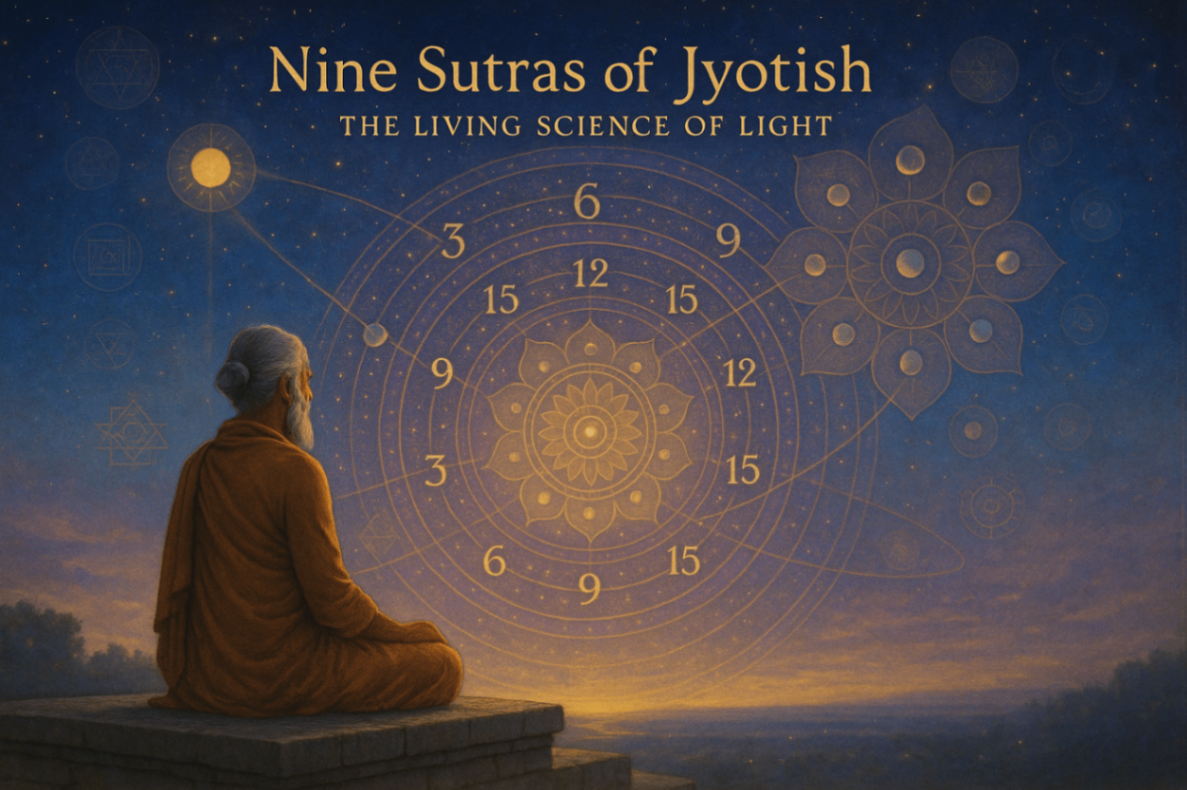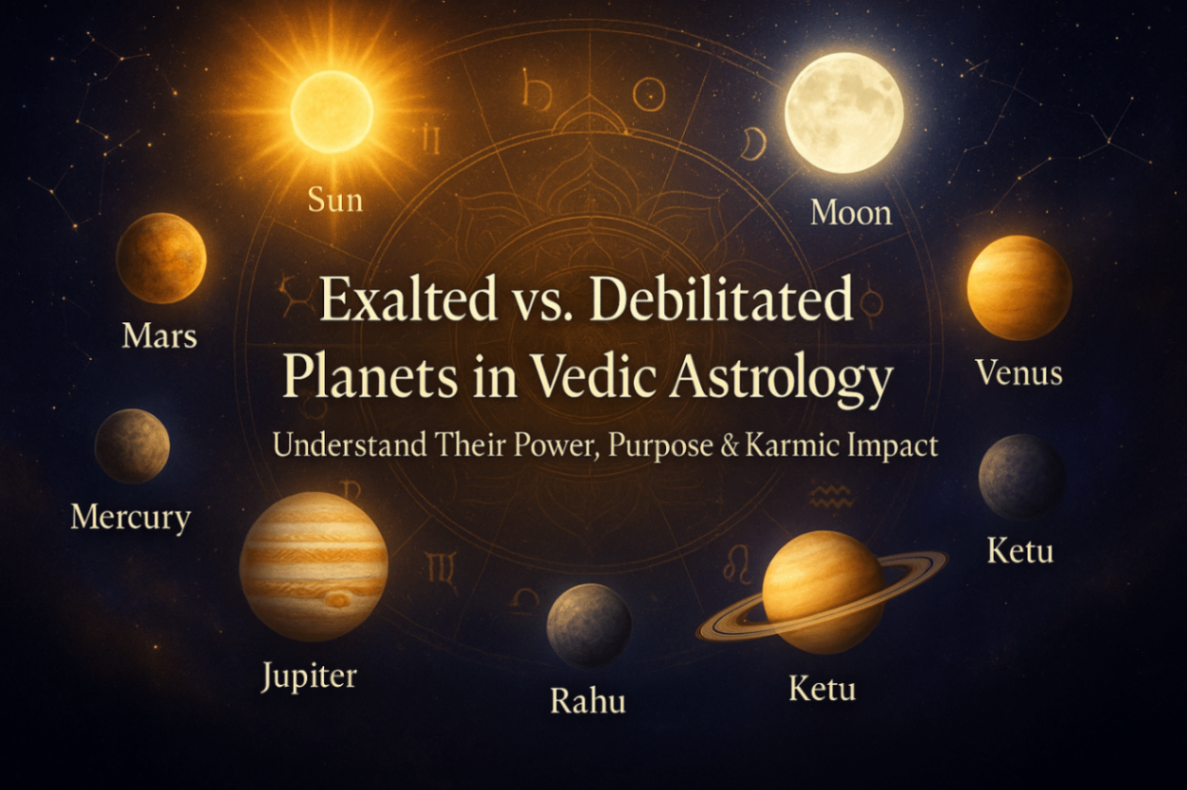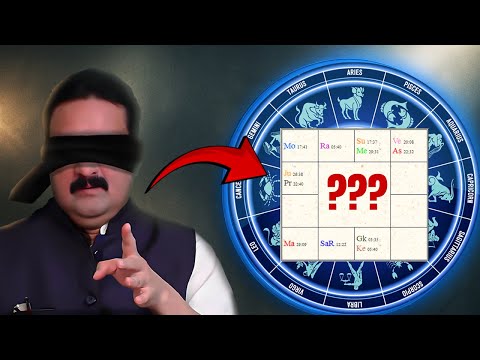Vedic astrology, with its rich history and profound insights, is a science that has endured the test of time. Rooted in the ancient texts of the Vedas, it provides a comprehensive framework for understanding the cosmic influences on human life. This article delves into the intricacies of Vedic astrology, highlighting its principles, techniques, and the recognition of hidden talents.
The Foundations of Vedic Astrology
Vedic astrology, also known as Jyotish Shastra, is a traditional Hindu system of astrology that has been practiced for thousands of years. It is based on the belief that the positions and movements of celestial bodies influence human affairs and natural phenomena. The primary texts of Vedic astrology are the Vedas, which include the Rigveda, Yajurveda, Samaveda, and Atharvaveda.
The Zodiac and the Twelve Signs
The Vedic zodiac is divided into twelve signs, known as Rashi. Each sign spans 30 degrees of the 360-degree celestial sphere. The twelve signs are as follows:
Aries (Mesha)
Taurus (Vrishabha)
Gemini (Mithuna)
Cancer (Karka)
Leo (Simha)
Virgo (Kanya)
Libra (Tula)
Scorpio (Vrishchika)
Sagittarius (Dhanu)
Capricorn (Makara)
Aquarius (Kumbha)
Pisces (Meena)
The Planets and Their Significance
In Vedic astrology, nine celestial bodies, known as Navagraha, are considered significant. These are:
Sun (Surya)
Moon (Chandra)
Mars (Mangal)
Mercury (Budha)
Jupiter (Guru)
Venus (Shukra)
Saturn (Shani)
Rahu (North Node of the Moon)
Ketu (South Node of the Moon)
Houses in Vedic Astrology
The Vedic horoscope is divided into twelve houses, each representing different aspects of life. The houses are as follows:
First House (Lagna or Ascendant): Self, appearance, personality.
Second House: Wealth, family, speech.
Third House: Siblings, courage, communication.
Fourth House: Home, mother, comforts.
Fifth House: Children, creativity, education.
Sixth House: Health, enemies, service.
Seventh House: Marriage, partnerships, public image.
Eighth House: Transformation, longevity, occult sciences.
Ninth House: Dharma, luck, higher learning.
Tenth House: Career, authority, reputation.
Eleventh House: Gains, social circles, aspirations.
Twelfth House: Expenditure, losses, spirituality.
Understanding Dasas and Bhuktis
Dasas and Bhuktis are planetary periods that play a crucial role in Vedic astrology. They provide a timeline of when certain events are likely to occur in a person's life. The most commonly used system is the Vimshottari Dasa, which spans 120 years and is divided among the nine planets.
Sun Dasa: 6 years
Moon Dasa: 10 years
Mars Dasa: 7 years
Rahu Dasa: 18 years
Jupiter Dasa: 16 years
Saturn Dasa: 19 years
Mercury Dasa: 17 years
Ketu Dasa: 7 years
Venus Dasa: 20 years
Each Dasa is further divided into sub-periods, known as Bhuktis, which provide more detailed predictions. The interplay of Dasas and Bhuktis helps astrologers determine the timing of significant events in a person's life.
The Role of Nakshatras
Nakshatras, or lunar mansions, are 27 divisions of the sky, each spanning 13 degrees and 20 minutes. They are crucial in Vedic astrology, as they influence the characteristics and destiny of individuals. The 27 Nakshatras are:
Ashwini
Bharani
Krittika
Rohini
Mrigashira
Ardra
Punarvasu
Pushya
Ashlesha
Magha
Purva Phalguni
Uttara Phalguni
Hasta
Chitra
Swati
Vishakha
Anuradha
Jyeshtha
Mula
Purva Ashadha
Uttara Ashadha
Shravana
Dhanishta
Shatabhisha
Purva Bhadrapada
Uttara Bhadrapada
Revati
Each Nakshatra is ruled by a specific planet and has its unique qualities and attributes. The placement of the Moon in a Nakshatra at the time of birth is particularly significant in Vedic astrology.
Identifying Hidden Talents through Vedic Astrology
Vedic astrology offers profound insights into an individual's latent abilities and potential talents. By analyzing the birth chart, astrologers can identify areas where a person may excel or possess hidden strengths. Here are some key factors to consider:
Ascendant and First House
The Ascendant, or Lagna, and the first house provide insights into an individual's personality and physical appearance. A strong Ascendant indicates a confident and dynamic personality, often associated with leadership qualities and a strong sense of self.
Fifth House and Its Lord
The fifth house is associated with creativity, intelligence, and artistic talents. A well-placed fifth house lord can indicate a person with exceptional creative abilities, whether in the arts, music, writing, or other forms of expression.
Third House and Its Lord
The third house is linked to communication, courage, and skills related to hands and manual dexterity. A strong third house can suggest talents in writing, public speaking, or activities that require fine motor skills.
Mercury and Its Influence
Mercury, the planet of intellect and communication, plays a vital role in determining a person's mental abilities and analytical skills. A well-placed Mercury can indicate talents in areas such as mathematics, writing, and communication.
Venus and Artistic Talents
Venus is the planet of beauty, art, and harmony. Its placement in the birth chart reveals an individual's inclination towards artistic pursuits, such as music, dance, painting, and fashion. A strong Venus can indicate a natural affinity for aesthetics and creative expression.
Jupiter and Wisdom
Jupiter, the planet of wisdom and knowledge, is associated with higher learning, philosophy, and spirituality. Individuals with a strong Jupiter in their chart often possess a deep understanding of philosophical and spiritual matters and may excel in teaching, counseling, or scholarly pursuits.
Rahu and Ketu: Unconventional Talents
Rahu and Ketu, the lunar nodes, represent unconventional and karmic influences. Their placement in the birth chart can indicate unique or hidden talents that may not align with traditional paths. Rahu often signifies talents in technology, innovation, and unconventional fields, while Ketu is associated with spiritual and mystical abilities.
Case Studies and Examples
To illustrate the principles of Vedic astrology in identifying hidden talents, let's explore a few case studies.
Example 1: The Creative Artist
In this case, the individual's birth chart shows a strong fifth house with the presence of Venus and Mercury. The Ascendant is Leo, indicating a dynamic and confident personality. The combination of these factors suggests a person with exceptional artistic talents, particularly in visual arts and communication.
Example 2: The Innovative Technologist
Here, the birth chart reveals a prominent Rahu in the third house, indicating unconventional skills related to communication and technology. The Ascendant is Aquarius, a sign known for innovation and forward-thinking. This combination points to a person with a natural talent for technology and an ability to think outside the box.
Example 3: The Spiritual Teacher
In this example, the birth chart features a strong Jupiter in the ninth house of higher learning and spirituality. The Ascendant is Sagittarius, a sign associated with wisdom and exploration. These factors suggest a person with a deep understanding of philosophical and spiritual matters, making them well-suited for roles in teaching and counseling.
Conclusion
Vedic astrology offers a profound and comprehensive framework for understanding an individual's potential and hidden talents. By analyzing the birth chart, astrologers can provide valuable insights into areas where a person may excel and offer guidance on how to harness these strengths. Whether it's through the influence of planets, houses, or Nakshatras, Vedic astrology reveals the unique gifts that each individual possesses and helps them navigate their life's journey with greater awareness and purpose.
```





































